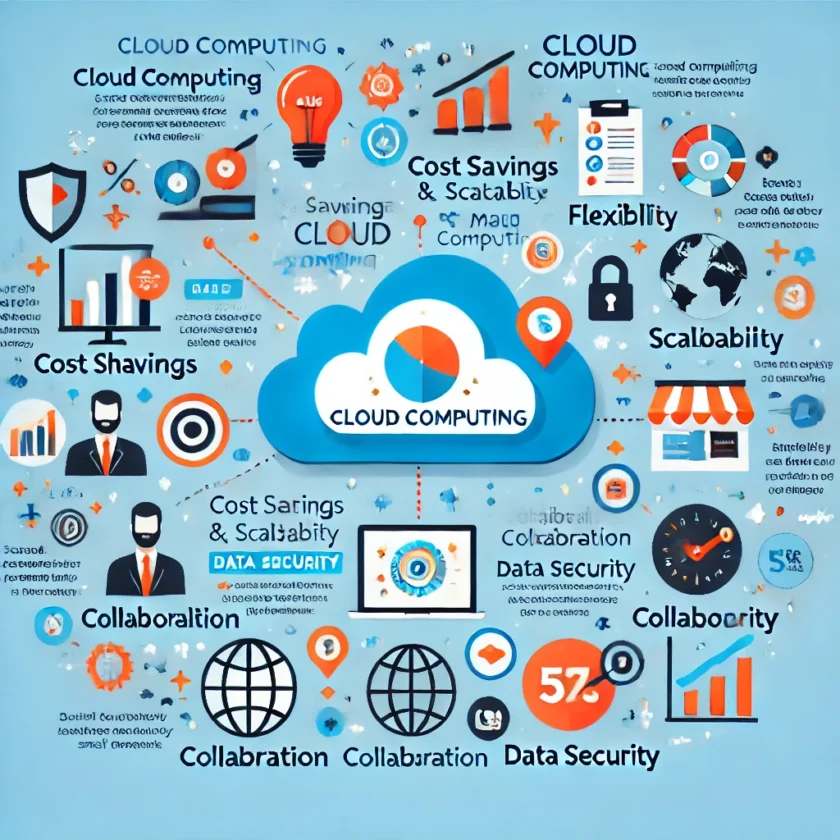Unveiling the Dynamics of E-commerce Web Development: A Comprehensive Exploration
Introduction to E-commerce: A Journey Through Time
E-commerce, an abbreviation for electronic commerce, has revolutionized the buying and selling of goods and services by taking the transactional realm online. Originating from the concept of “teleshopping” around four decades ago, e-commerce reached its zenith with the advent of Amazon in the early 1990s. Since then, businesses, ranging from multinational corporations to solo enterprises, have eagerly embraced e-commerce to extend their market reach and amplify customer bases. This exploration delves into the multifaceted landscape of e-commerce web development, scrutinizing its advantages, disadvantages, potential, and challenges.
Unraveling Ecommerce Website Development: Necessity and Nuances
Defining Ecommerce Website Development
E-commerce website development involves the creation of websites equipped with e-commerce functionalities, enabling businesses to vend products or services online. While the discussion herein is applicable across various sectors, our focus at Lform centers on B2B website design, offering a unique lens through which we assess e-commerce website development.
Assessing the Need for E-commerce Capabilities
Before plunging into e-commerce web development, a crucial question surfaces: Is a website with e-commerce capabilities essential? Not all businesses require an online sales platform. Factors such as customer ordering habits, product customization, reliance on distributors, and team size dictate the appropriateness of an e-commerce website within a company’s sales strategy.
The Advantages of Tailored E-commerce Development
Empowering Control for Greater Profits
Crafting a custom e-commerce website provides businesses with direct access to customers, eliminating intermediaries and boosting profit margins. B2B companies, often dependent on distributors or external sales teams, can benefit significantly by taking charge of product presentation and marketing through e-commerce.
Integration for Seamless Operations
Technological integration allows the linkage of e-commerce websites with enterprise resource planning (ERP) and customer relationship management (CRM) systems. This synergy streamlines real-time tracking of pricing and inventory, enabling businesses to manage customer relationships efficiently and implement complex sales processes.
Streamlining Sales Automation
E-commerce automation simplifies intricate sales processes, especially when customer input plays a pivotal role. The automation allows customers to specify product details independently, facilitating efficient assessment of pricing and logistical considerations without extensive staff involvement.
Harnessing Customer Contribution
An e-commerce system furnishes an automatic product catalog, enabling customers to explore and discover products. Implementing product filtering aids customers in identifying suitable options without burdening the sales team, empowering customers with control over their research and decision-making process.
Elevating the Role of the Website for Sales Teams
Transforming your website into a valuable tool for the sales team involves consolidating documents, features, and product specifications. Additionally, an e-commerce site can function as a quick quote system, facilitating rapid generation of pricing estimates. Granular tracking and analytics on the website offer insights into product performance and effective presentation strategies.
Tailoring Customer Experiences Through Groups
Sophisticated e-commerce websites facilitate the creation of customer groups with personalized pricing. By categorizing customers based on predefined parameters, businesses can tailor offerings, providing introductory deals to new customers or rewarding loyalty with discounts.
Unifying External and Internal Products
For businesses dealing with both distributors and in-house products, e-commerce websites offer a unified platform for presentation. Strategic planning and marketing can effectively highlight internal versus distributor products, providing a seamless experience for customers.
Navigating the Hurdles in Ecommerce Website Development
Addressing the Expectation to “Check Out”
While the general expectation on e-commerce websites is for customers to “check out” after product selection, certain businesses face constraints due to regulatory, verification, or logistical reasons. Offering an alternative in the form of a “request a quote” feature preserves the ecommerce-like experience while accommodating business-specific complexities.
Tackling Order Fulfillment and Logistics
Efficient order fulfillment and logistics are imperative for a successful e-commerce venture. Businesses must meticulously plan order processing times, allocate sufficient staff resources, determine shipping methods, and establish a streamlined returns process.
Navigating the Expense of ERP Investment
E-commerce success often hinges on a robust ERP system, especially for businesses with an extensive inventory, a vast product catalog, or numerous employees. However, the high cost and potential challenges associated with ERP integration necessitate careful consideration before committing to e-commerce development.
Deciphering Shipping Challenges
Shipping, the final phase of the sales process, demands meticulous attention. Accurately estimating shipping costs requires knowledge of product weight and dimensions. Businesses dealing with large or bulk products must also consider less-than-load (LTL) shipping, potentially necessitating additional software or process adjustments.
Managing Website Overhead
E-commerce website development is a resource-intensive process, demanding significant planning, design expertise, and development efforts. Post-launch, ongoing maintenance is essential, requiring internal oversight and the support of a dedicated web development partner. Complex processes or inadequate systemization may necessitate additional time investment in logic-based rule development.
Prioritizing Customer Service
The quality of customer service plays a pivotal role in the success of e-commerce ventures. Establishing robust processes for returns, cancellations, and credit card chargebacks, and implementing a robust fraud mitigation system is essential. Responsiveness to customer concerns is crucial, as trust is paramount when handling personal information and transactions.
Strategizing Marketing Efforts
Even with exceptional products and customer service, the efficacy of an e-commerce website hinges on promoting awareness. Leveraging social media, search engine optimization (SEO), Google Ads, or a combination thereof is crucial for directing the right audience to the e-commerce platform.
Evaluating E-commerce Platforms: A Comparative Analysis
Shopify: Simplifying for Simplicity’s Sake
Shopify, a widely recognized name in e-commerce, offers a straightforward, user-friendly SaaS e-commerce system. While ideal for many B2C businesses with limited technical knowledge, its simplicity may limit functionality for more complex B2B scenarios.
BigCommerce: Balancing Functionality and Affordability
Directly competing with Shopify, BigCommerce provides enhanced functionality at a similar price point. With superior built-in tools, scalability, and cost-effectiveness, it caters to businesses with diverse needs, though limitations in theme options and order limits exist.
WooCommerce: The Power of WordPress Integration
Utilizing WordPress as its foundation, WooCommerce boasts versatility, handling both simple and complex e-commerce scenarios. Its comprehensive customization options and compatibility with third-party systems make it a compelling choice, although scalability concerns and ongoing subscription expenses must be considered.
Magento: The Pinnacle of E-commerce Sophistication
Magento stands out as an advanced, customizable e-commerce system capable of accommodating businesses of any size. However, its complexity, high cost, and demanding maintenance make it suitable for enterprises with the resources to manage its extensive features and settings.
Conclusion: Navigating the E-commerce Odyssey
The inexorable shift towards online interactions, accelerated by the COVID-19 pandemic, underscores the growing imperative for businesses to invest in e-commerce. Success in e-commerce implementation demands a nuanced understanding of its benefits and challenges. Beyond selling exceptional products, fulfillment, refunds, and responsive customer service are pivotal components of a thriving e-commerce venture. A well-executed e-commerce website not only boosts sales and expands reach but also catalyzes business maturity by necessitating the integration of ERP and CRM systems. While e-commerce development poses challenges, overcoming them heralds rewards that reshape the trajectory of businesses, fostering growth, customer satisfaction, and scalability. Embrace the e-commerce odyssey with diligence, and the journey will unveil a landscape ripe with opportunities for innovation and prosperity.



